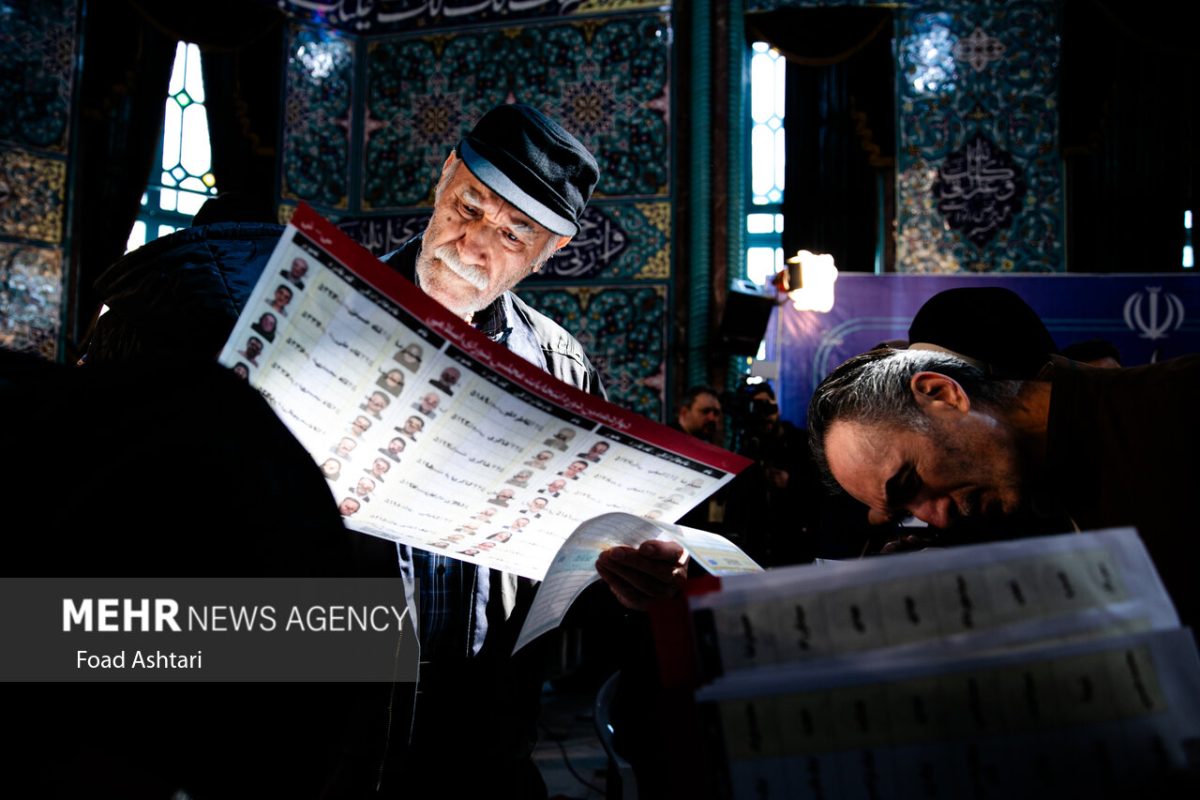Notably, Tehran province holds 16 of these seats, historically wielding significant influence in the parliament.
This election marks a departure from previous years, with a substantial portion of parliamentary seats still vacant.
The outcome of these elections will shape the trajectory of key issues facing the new parliament.
As the second round approaches, various political factions are closely monitoring the results, recognizing the pivotal role Tehran’s representatives have historically played in shaping Iran’s political landscape.
With the balance of power in the parliament hanging in the balance, the results of Friday’s elections carry profound implications for the country’s future direction.
Iran’s parliament, officially known as the Islamic Consultative Assembly, consists of 290 representatives.
The first round of the parliamentary as well as the Assembly of Experts elections were held on March 1.
